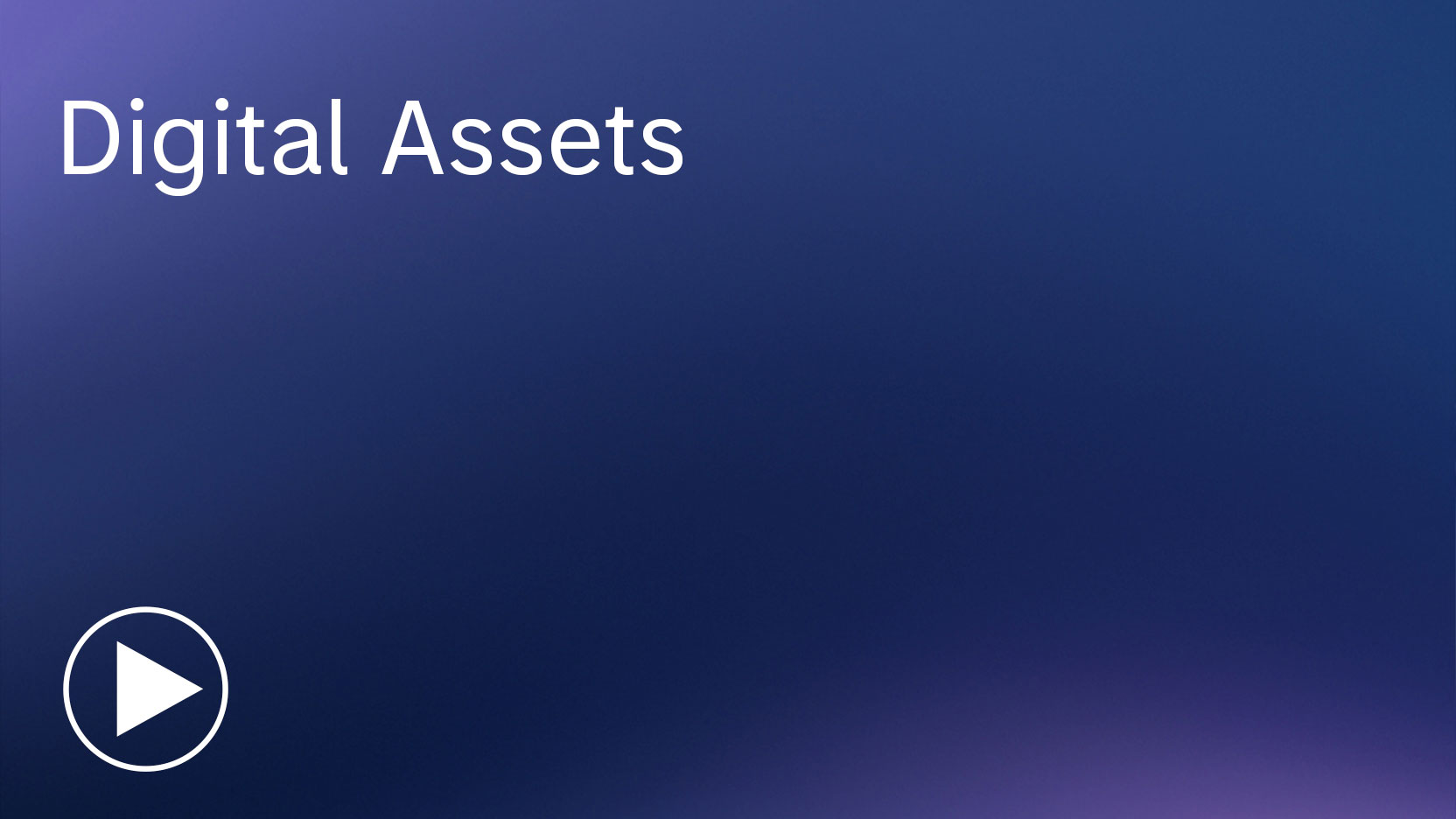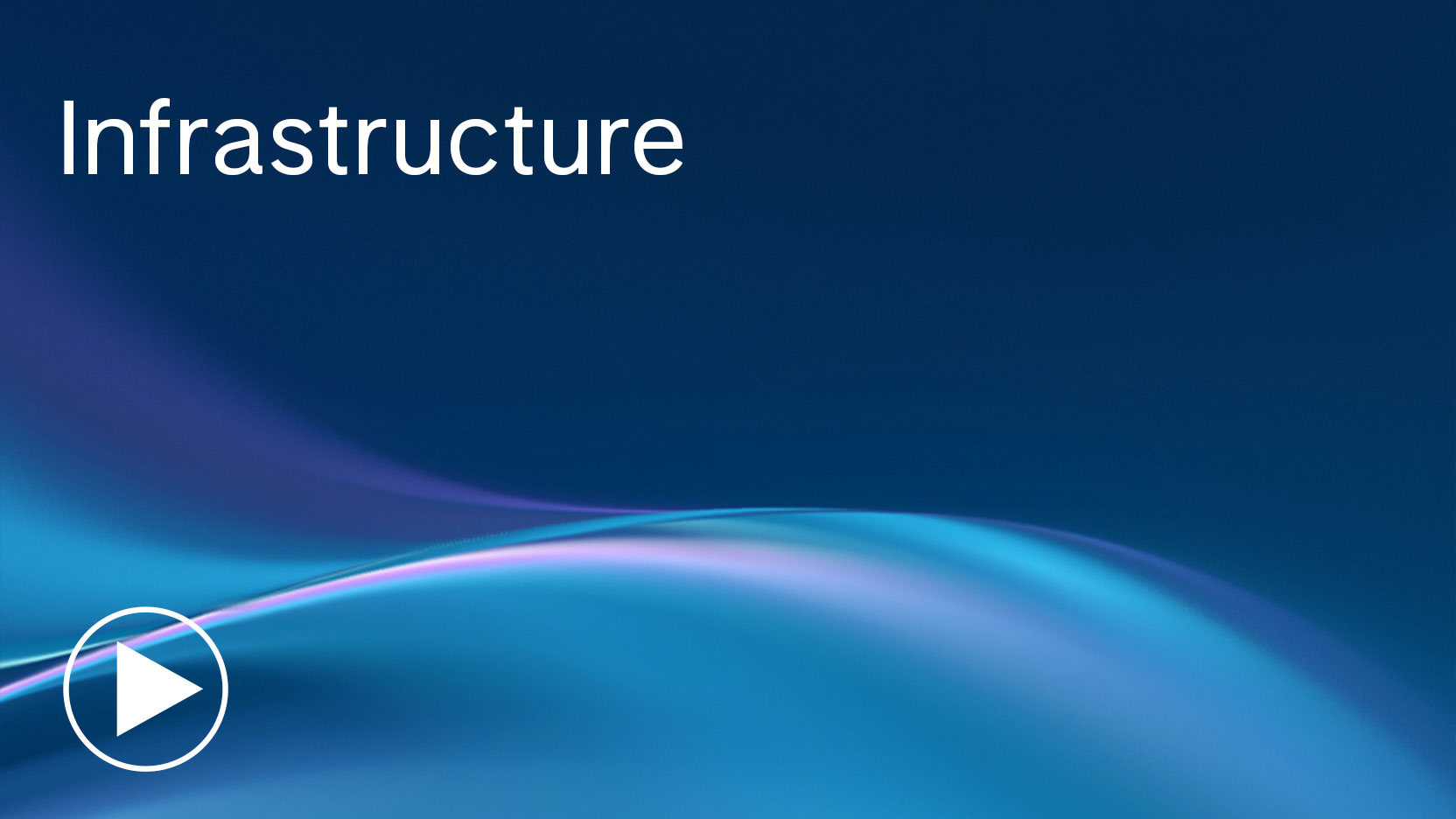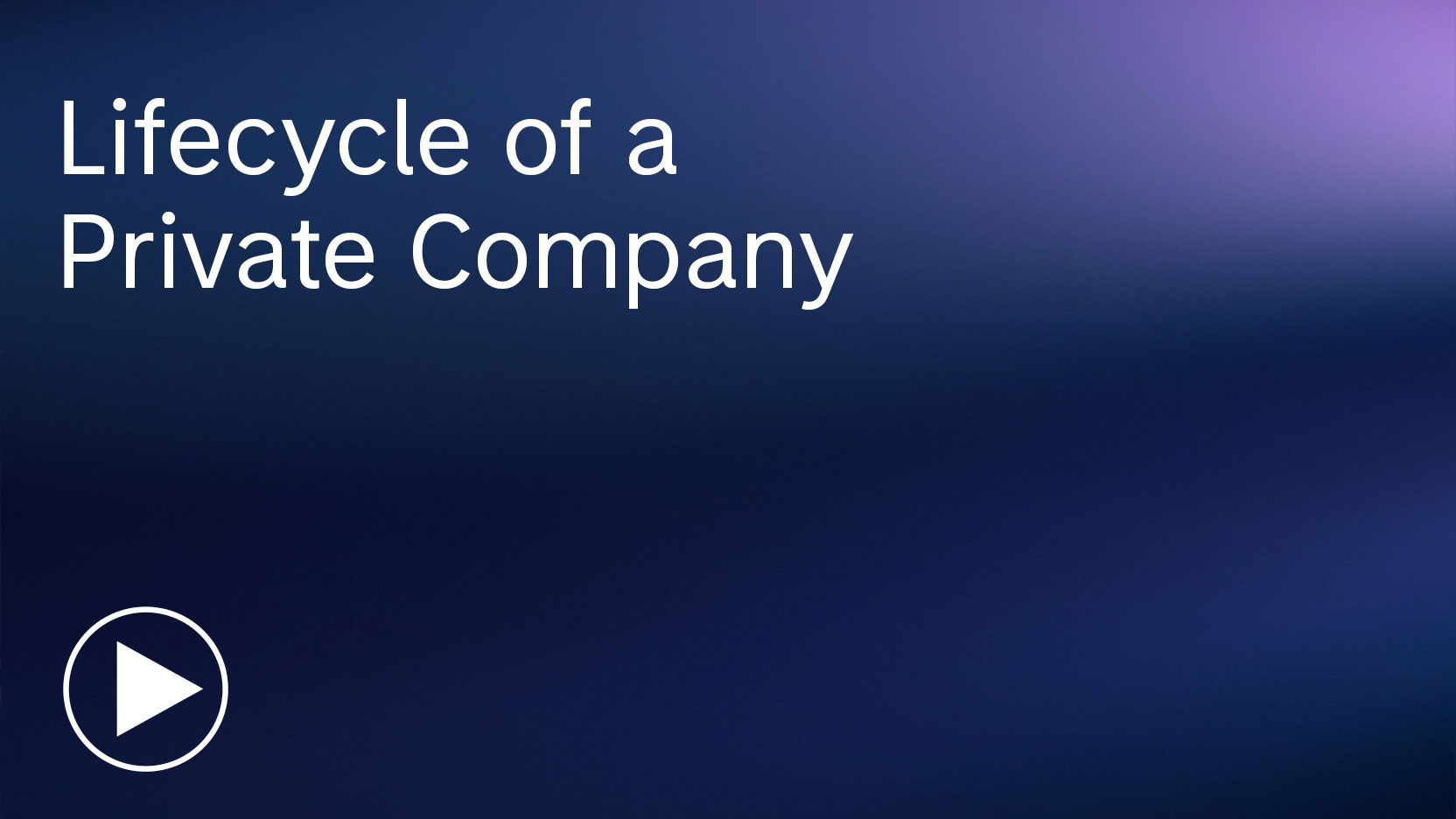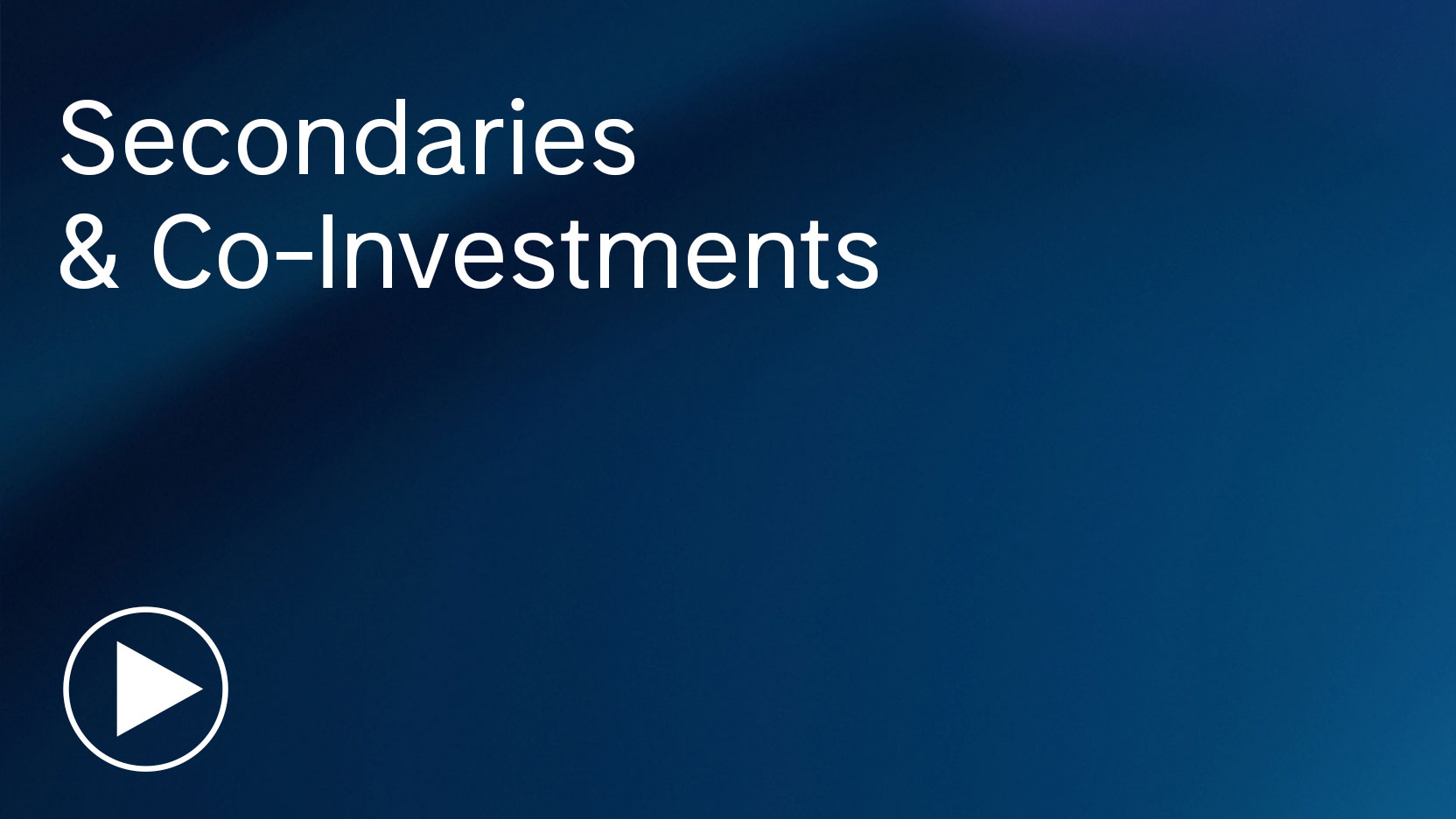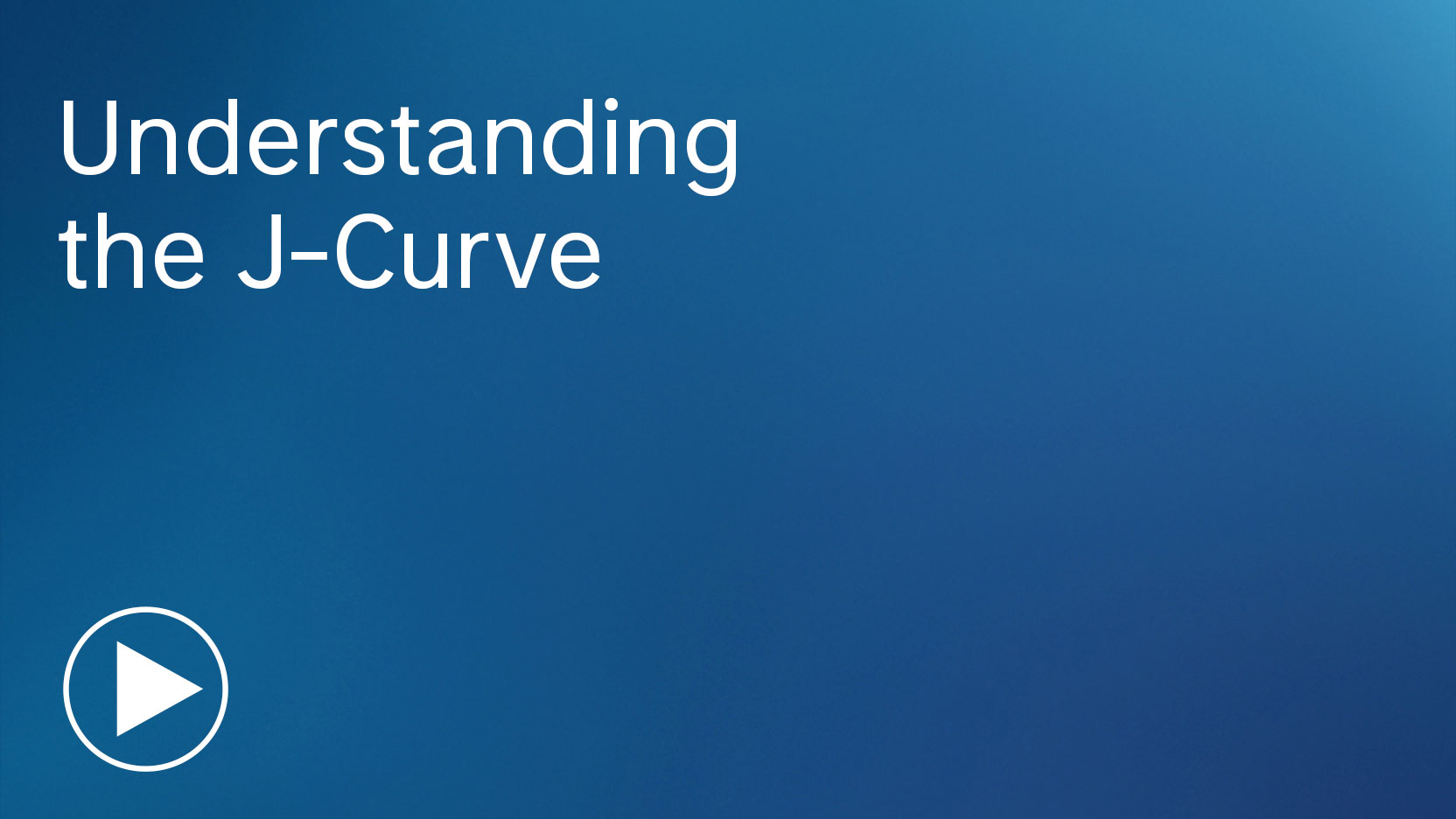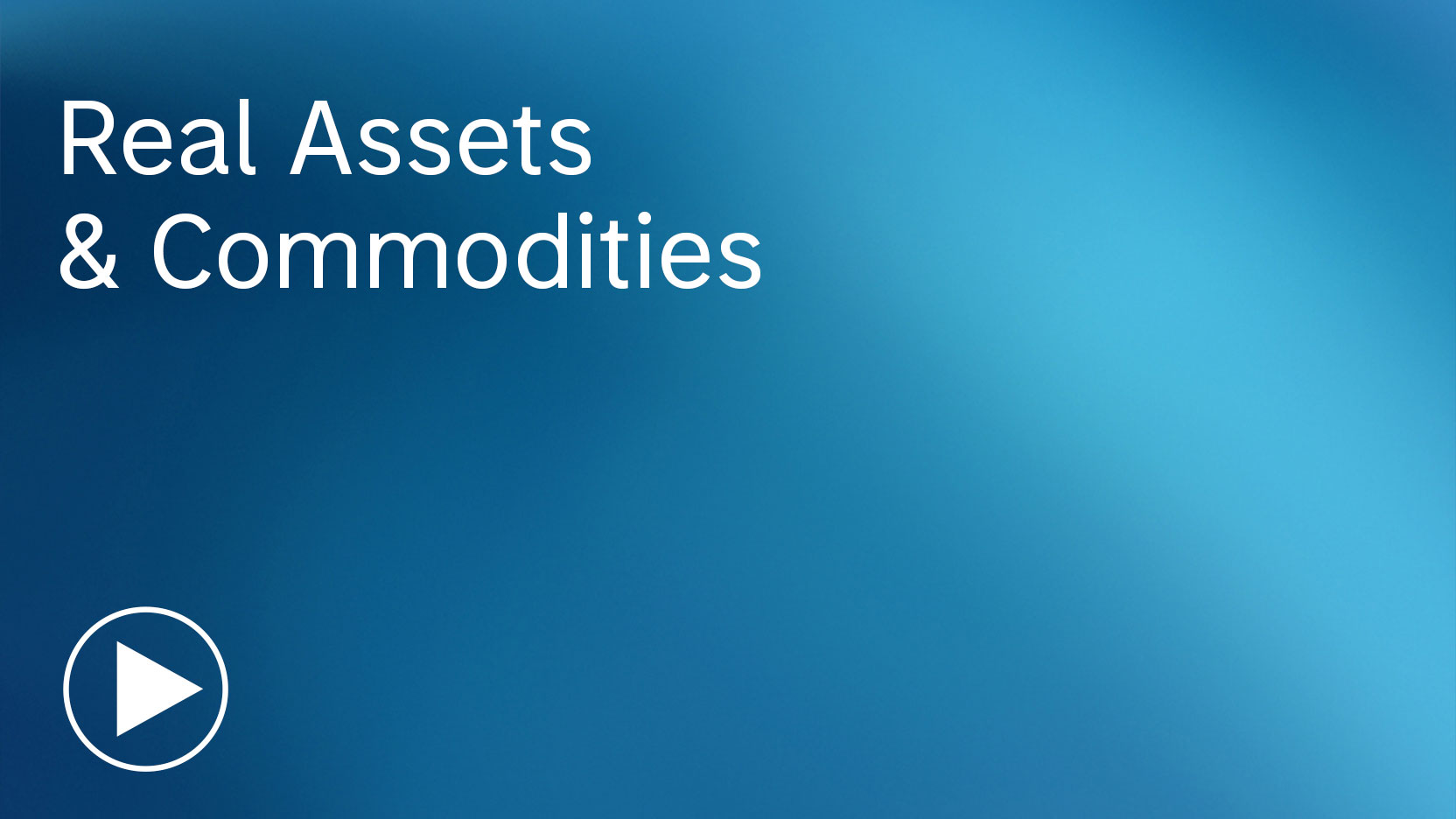
Transcript
Let’s look at the investment case for real assets and commodities. Many investors are allocated to stocks and bonds and maybe to real estate, but there’s an entire category of real assets.
This category includes infrastructure, physical commodities, oil and gas, metals and mining, timberland, farmland, and the energy transition.
I would guess most investors are relatively underweight in these categories of investments. When people think about investing in commodities, they might say, I am invested in gold, or I’m invested in oil.
But the way that institutional investors access the commodity asset class is by allocating to an index such as the Bloomberg Commodity Index that has exposure to 24 different commodities. They’re diversified across six energy futures markets, five markets in industrial metals, two precious metals, and 11 categories of grains and softs and livestock, and the entire food category. What I like about the Bloomberg Commodity Index is that the weighting between the metals and the food and energy products are relatively equal at about one-third of the index. It’s about 34% for metals, 36% for the food categories, and 30% for energy.
Moving along to timberland, you are actually buying a forest. You buy a large tract of land, hundreds of acres at a time, and you own the land, but more importantly, you own the trees. The cash flow from owning a forest comes from cutting down the trees and selling them into the lumber market, which is highly leveraged to the cyclical housing market.
In addition to earning revenue from selling trees, you might also be able to earn revenue from recreation, having people camp or hunt or fish on your land. You might also be able to earn revenue from carbon credits or land conservation easements. If you agree to not build houses on the land, you can extra revenue from those easements.
There are ways to invest in timberland. You could invest it in the public market through publicly traded REITs. There are private equity ways to invest in Timberland through TIMOs, (timberland investment management organizations).
There are risks to owning Timberland. Key among those risks are forest fires and infestations of certain types of bugs or owls that come in and nest, so you can’t cut down your trees. It’s interesting when you look at timberland is the biological growth and the financial growth have some interesting combinations.
Trees become more valuable every year as they grow taller and as they grow wider. If you have smaller trees that are just a couple of years old, they’re not worth a whole lot in the lumber market, they are just good for paper and mulch. But as the tree gets taller, the tree also gets wider. It’s one thing to sell two-by-fours, but it’s another thing to sell a huge tree that you can make a slab of furniture out of.
Trees can take 30 to 60 years to reach full maturity. In a professionally managed forest, you’re going to be cutting trees every year and planting trees every year. It’s a very long-term investment. But the trees don’t know the cyclicality of the housing market. The trees don’t know that it’s 2008. Investors in farmland have the real option of when to cut down the trees and how many trees to cut down in each year. You can cut down 2% or 3% of your trees every year, and replant for the future. But when 2008 or 2009 comes along. There’s a depression in the housing market, there’s not a lot of housing starts. The demand for lumber declines and housing starts decline. So you don’t necessarily want to sell your trees during a time of record low lumber prices. So in 2008, 2009, 2010, you might choose not to cut down any trees, that gives you zero cash flow for those three years. But every year you wait, that tree increases in value, it becomes 3% bigger, it becomes 3% more valuable and you have the potential increase in the lumber price as well. You’re getting greater biological growth, greater board feet, and wider trees. When, 2010, 2011 come along, housing starts improve, lumber prices increase, you cut down three or four years worth of trees and you sell them all into an improving timber market.
You can also invest in farmland. You can buy a permanent crop farm or a row crop farm. Permanent crops are farms with trees and vines, such as grape vines, vineyards, orange groves, and almond trees. Those groves and trees are there for decades. They’re producing the same agricultural product year after year in permanent crops.
In row crops, this is where you see the hundreds of acres of corn, wheat, or soybeans as you’re driving across our country. Those farmers have an option to switch from one crop to another on an annual basis. Now the average farmer is getting older, and their children don’t necessarily want to take over their farm.
As a result there’s an increasing amount of institutional investment in the farmland that brings scale and technology innovations. Large investors in farmland purchase satellite-driven trackers that use artificial intelligence and special types of fertilizers and the corporate farm will be able to bring technology and capital to increase crop yields.
One thing we know about farmland is that they’re not making any more of it, and it is actually shrinking in size. While the global population continues to grow in size, and the demand for food products continues to grow, investors continue to build houses on farmland. While the demand for farmland is increasing, the supply is decreasing. The rental income earned by farmland investors is based on dollars per acre and a percentage of that crop yield. If you’re growing almonds and the price of almonds increases, you’re actually going to increase your rental income due to that increase in the agricultural prices. The option in timberland and owning a forest is to wait a few years and cut down trees when lumber prices are high. The option in farmland is the most valuable thing to grow on your farm is actually houses. The switch in farmland is typically closer to population centers than in timberland. There’s a potential to sell farmland for residential development. Farmland might cost $10,000 an acre when its used to grow corn or soybeans, but it might cost $30,000 to $100,000 dollars an acre when you’re selling it for residential development. Farmland returns tend to have very low volatility and a low correlation to financial markets.
In metals and mining, you could purchase a mine in search of a various metals. You could be mining for precious metals like gold, silver, platinum, and palladium. Or you could be mining for industrial metals such as copper, aluminum, and nickel. The hottest category is the energy metals of lithium, cobalt, and rare earth metals.
There’s a tremendous discussion as to global warming and renewable energy, but the portion of electricity generated in the US by solar and wind and other renewable categories has risen from 9% in 2002 to 23% in 2023. At the same time, we’ve reduced our usage of fossil fuels in the US from 71% to 59% of electricity generation over that same time period. It looks like it’s going to take many decades to completely transition away from fossil fuels to renewables in the US.
If we look at a country like Sweden, it’s already completed that energy transition, where just 2% of electricity is now generated using fossil fuels sources. Sweden has increased its share of electricity being generated from renewable resources 49% to 69%, while reducing its nuclear generation from 46% to 29%. There is hope that we could eventually get to that renewable future, but it’s going to take, perhaps, many decades for the US to reach that goal.
Why should investors allocate to real assets? During the lowest quartile of inflation, when inflation is low, you want to be in stocks. Stocks earn an average of 4.3% quarterly over the last 20 years when inflation has been relatively low, far below the Fed’s 2% target. But when inflation’s very high, that highest quartile of quarters over the last 20 years when inflation averaged over 5%, stocks have earned negative returns, bonds give us basically a zero return, while the Bloomberg Commodity Index experienced a quarterly return of 1.3%.
Metals, timber, and agriculture give us 1.5% quarterly returns. Oil and gas have that big inflation bump of 6% per quarter. Infrastructure earns 3.3%. If we put all of the real assets together, they earn 4.6% quarterly returns during the times of the highest inflation.
If we look at a total return basis, we see that some of these real assets actually have higher returns than stocks over the last 20 years. But the commodity futures index is actually negative over 20 years. Metals, timber, and agriculture are more bond-like in their return, but oil and gas, infrastructure, and real assets actually outperformed stocks over the last 20 years. Notice there’s a negative correlation to bonds in these real asset categories and a positive correlation to the returns on the S&P 500.
Investors are attracted to this real asset category because of its positive correlation to CPI inflation, while the stock and bond categories both have a substantial negative exposure to inflation. If you’re invested in a 60/40 portfolio that’s entirely invested in stocks and bonds, there’s a big risk relative to inflation and rising rates in your portfolio, but that risk to higher rates and higher inflation can be hedged by investing in real assets, including commodities, infrastructure, and real estate.
In this video, we explore the investment case for real assets and commodities. We highlight how these assets can provide strong returns, inflation protection, and diversification beyond traditional stocks and bonds. With low correlation to financial markets and unique cash flow dynamics, real assets offer long-term value in a changing economic landscape.
